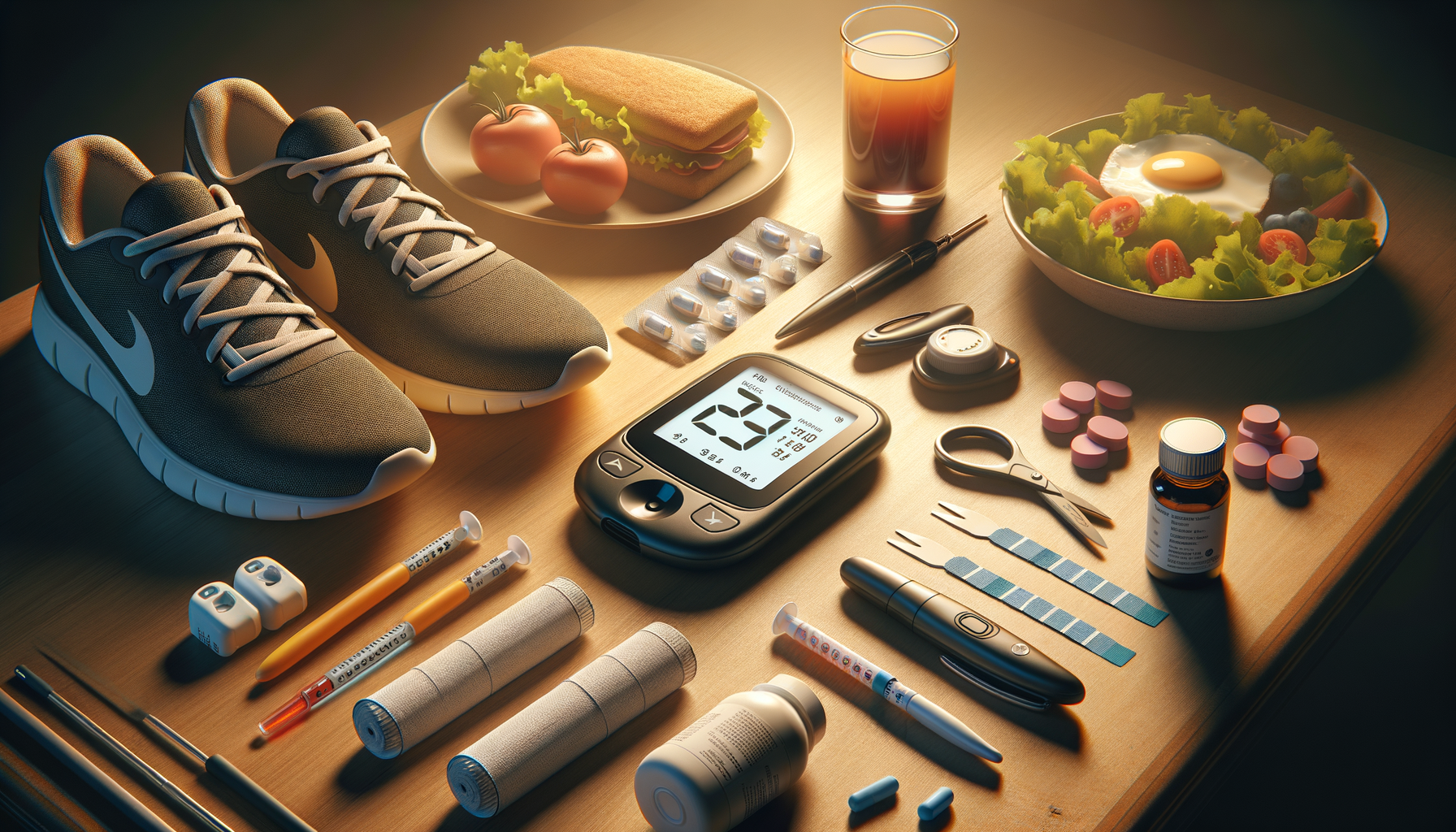Understanding Type 2 Diabetes
Type 2 diabetes is a chronic condition that affects the way your body metabolizes sugar (glucose), which is a crucial source of energy. Unlike type 1 diabetes, where the body fails to produce insulin, type 2 diabetes is characterized by the body’s ineffective use of insulin. This inefficiency leads to elevated blood sugar levels, which can cause a variety of health issues if left unmanaged.
Recognizing the early signs of type 2 diabetes is essential for timely intervention. Common symptoms include increased thirst, frequent urination, unexplained weight loss, fatigue, and blurred vision. Understanding these signs can prompt individuals to seek medical advice and begin necessary lifestyle changes.
The importance of early detection cannot be overstated. Early intervention can prevent or delay complications such as heart disease, nerve damage, and kidney issues. Therefore, being informed about the condition and its symptoms is the first step towards managing it effectively.
Self-Testing for Type 2 Diabetes
Self-testing is a crucial aspect of managing type 2 diabetes, enabling individuals to monitor their blood sugar levels regularly. At-home testing kits are readily available and provide a convenient way to track glucose levels. These kits typically include a glucose meter, test strips, and a lancing device.
To perform a self-test, wash your hands thoroughly and use the lancing device to obtain a small blood sample. Apply the blood to a test strip inserted into the glucose meter, which will display your current blood sugar level. It’s important to record these readings to identify patterns and make informed decisions about diet and medication.
Regular self-testing empowers individuals to make necessary adjustments to their treatment plan. It helps in understanding how different foods, activities, and medications affect blood sugar levels. This proactive approach is instrumental in maintaining optimal health and preventing complications.
Dietary Management and Lifestyle Changes
Diet plays a pivotal role in managing type 2 diabetes. The goal is to maintain a balanced diet that helps control blood sugar levels. Incorporating a variety of nutrient-rich foods, such as whole grains, lean proteins, and plenty of fruits and vegetables, is essential.
Avoiding foods high in sugar and refined carbohydrates can prevent spikes in blood sugar levels. Opt for complex carbohydrates that are digested slowly, providing a steady release of energy. Additionally, portion control is key in managing calorie intake and preventing weight gain.
Incorporating physical activity into daily routines is equally important. Regular exercise helps improve insulin sensitivity and aids in weight management. Activities such as walking, cycling, or swimming can be beneficial. Consistency in both diet and exercise is crucial for effective management of type 2 diabetes.
Medical Treatments and Innovations
While lifestyle changes are foundational, medical treatments are often necessary for managing type 2 diabetes. Medications such as metformin are commonly prescribed to help control blood sugar levels. These medications work by improving insulin sensitivity and reducing glucose production in the liver.
In recent years, advancements in diabetes treatment have introduced new options, including injectable medications and insulin therapy for those who require more intensive management. Continuous glucose monitors (CGMs) are another innovation, providing real-time data on blood sugar levels and reducing the need for frequent finger-prick tests.
It’s essential to work closely with healthcare providers to tailor a treatment plan that meets individual needs. Regular check-ups and monitoring are vital to adjust medications and ensure optimal management of the condition.
Emotional and Psychological Support
Living with type 2 diabetes can be challenging, not just physically but emotionally as well. The stress of managing a chronic condition can lead to feelings of anxiety or depression. It’s important to address these emotional aspects as part of a comprehensive management plan.
Support groups and counseling can provide valuable resources for individuals coping with diabetes. Sharing experiences with others who understand the challenges can alleviate feelings of isolation and provide encouragement.
Mindfulness practices, such as meditation and yoga, can also help reduce stress and improve overall well-being. It’s crucial to acknowledge the emotional impact of diabetes and seek support when needed to maintain a balanced and healthy life.








